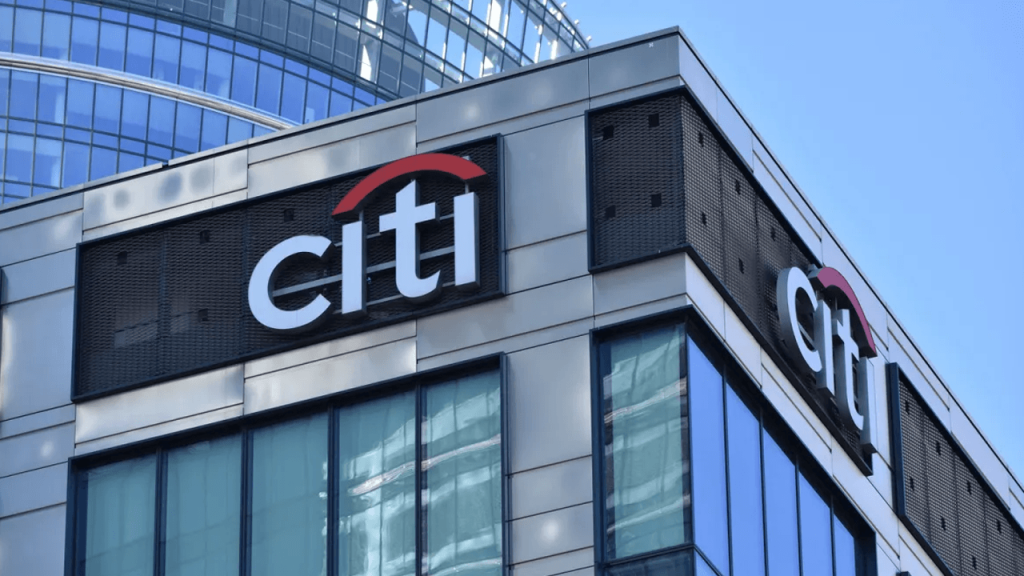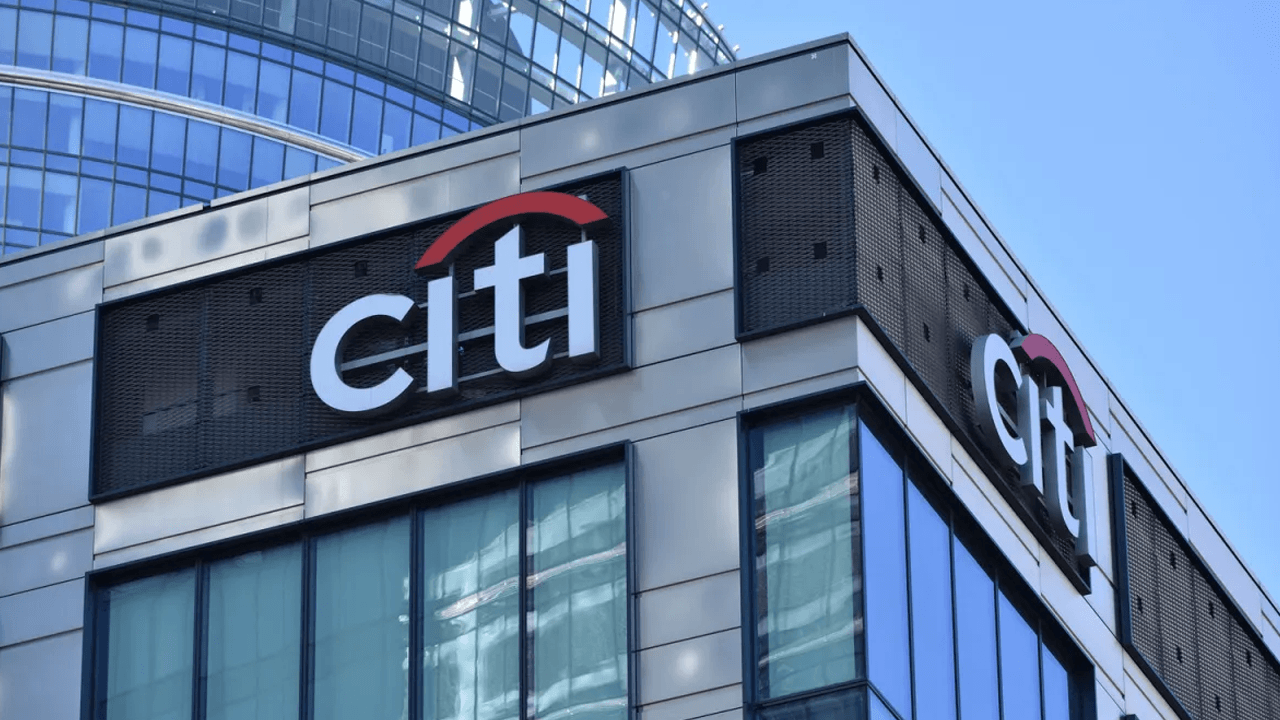
Decoding Citi’s Bitcoin Bet: A 2025 Price Prediction Analysis
Introduction: A Glimpse into the Crystal Ball
Predicting the future, especially in the volatile realm of cryptocurrency, is a perilous endeavor. Yet, established financial institutions like Citigroup possess the resources and analytical firepower to offer informed projections. Citi’s recent forecast, placing Bitcoin at $135,000 by the end of 2025 in its base-case scenario, and potentially soaring to $199,000 in a bullish outlook, has sent ripples through the crypto community. This report dissects Citi’s analysis, examining the key drivers behind these projections and offering a balanced perspective on the potential trajectory of Bitcoin’s price.
The Three Pillars: Scenarios Unveiled
Citi’s forecast isn’t a singular prediction but rather a set of three scenarios, acknowledging the inherent uncertainty in market dynamics:
- Base Case: $135,000. This scenario represents Citi’s most likely outcome, predicated on continued growth in key areas like ETF inflows and user adoption.
- Bullish Case: $199,000. This optimistic projection hinges on even stronger-than-expected growth in ETF demand, potentially fueled by further institutional adoption and positive regulatory developments.
- Bearish Case: $64,000. Conversely, Citi also outlines a bearish scenario where weaker macroeconomic conditions, such as rising interest rates or a global recession, could negatively impact Bitcoin’s price, potentially driving it down to $64,000.
Understanding these scenarios is crucial, as they highlight the range of potential outcomes and the factors that could influence Bitcoin’s future.
ETF Inflows: The Rocket Fuel of Bitcoin’s Ascent
A significant factor driving Citi’s bullish outlook is the impact of spot Bitcoin ETFs. These investment vehicles, approved in the U.S. in early 2024, have opened Bitcoin to a wider range of investors, including institutional players who were previously hesitant to directly hold the cryptocurrency.
Citi estimates that ETF flows alone now account for over 40% of recent Bitcoin price variation, underscoring their outsized role in shaping market sentiment. This influx of capital provides significant buying pressure, driving up demand and, consequently, the price of Bitcoin.
The continued success of these ETFs hinges on several factors, including regulatory clarity, market sentiment, and the overall performance of the broader financial markets. If ETF inflows continue at their current pace or even accelerate, Citi’s bullish scenario may become a reality. However, any slowdown or reversal in these flows could dampen Bitcoin’s price momentum.
Beyond ETFs: The Broader Ecosystem at Play
While ETF inflows are undoubtedly a major catalyst, Citi’s analysis likely considers other factors influencing Bitcoin’s long-term trajectory.
- Institutional Adoption: The increasing acceptance of Bitcoin by corporations, hedge funds, and other institutional investors provides further validation and support for its value.
- User Growth: As more individuals and businesses adopt Bitcoin for transactions and investments, its network effect strengthens, potentially driving up demand and price.
- Technological Advancements: Ongoing developments in the Bitcoin ecosystem, such as layer-2 scaling solutions like the Lightning Network, can improve its functionality and usability, making it more attractive to a wider audience.
- Halving Events: The Bitcoin halving, which occurs approximately every four years, reduces the rate at which new bitcoins are created, potentially leading to supply scarcity and price appreciation.
- Macroeconomic Factors: Inflation, interest rates, and geopolitical events can all influence investor sentiment and impact the demand for alternative assets like Bitcoin.
Navigating the Risks: A Reality Check
While Citi’s projections are optimistic, it’s essential to acknowledge the inherent risks associated with investing in Bitcoin.
- Volatility: Bitcoin is notoriously volatile, experiencing significant price swings in short periods. This volatility can be unnerving for investors and can lead to substantial losses.
- Regulatory Uncertainty: The regulatory landscape surrounding cryptocurrency is still evolving, and potential new regulations could negatively impact Bitcoin’s price.
- Security Risks: Bitcoin exchanges and wallets are vulnerable to hacking and theft, potentially resulting in the loss of funds.
- Competition: Bitcoin faces competition from other cryptocurrencies, and the emergence of new and innovative digital assets could erode its market share.
- Environmental Concerns: The energy-intensive nature of Bitcoin mining has raised environmental concerns, which could lead to increased regulatory scrutiny and negative publicity.
Investors should carefully weigh these risks before investing in Bitcoin and should only allocate funds that they can afford to lose.
A Contrarian View: Challenging the Consensus
While Citi’s analysis provides valuable insights, it’s important to consider alternative perspectives and potential counterarguments.
- Market Saturation: The cryptocurrency market is becoming increasingly crowded, with thousands of different coins and tokens vying for attention. This increased competition could dilute demand for Bitcoin and limit its potential for growth.
- Technological Obsolescence: Bitcoin’s underlying technology is relatively old compared to some newer cryptocurrencies. There is a risk that Bitcoin could become technologically obsolete if it fails to adapt to changing market demands.
- Bubble Territory: Some analysts believe that Bitcoin is currently in a bubble, and that its price is unsustainable. If the bubble bursts, Bitcoin’s price could experience a significant correction.
It’s important to consider these counterarguments when evaluating Citi’s forecast and to form your own independent judgment about the future of Bitcoin.
Conclusion: A Measured Approach to the Future
Citi’s projection of Bitcoin reaching $135,000 by the end of 2025 offers a compelling glimpse into the potential future of the cryptocurrency. The analysis highlights the significant impact of ETF inflows and other factors driving Bitcoin’s growth. However, it’s crucial to acknowledge the inherent risks and uncertainties associated with investing in Bitcoin and to approach these projections with a healthy dose of skepticism. The future of Bitcoin remains uncertain, and investors should conduct thorough research and exercise caution before making any investment decisions. Ultimately, whether Bitcoin reaches $135,000, $199,000, or $64,000, the journey promises to be a fascinating one.





